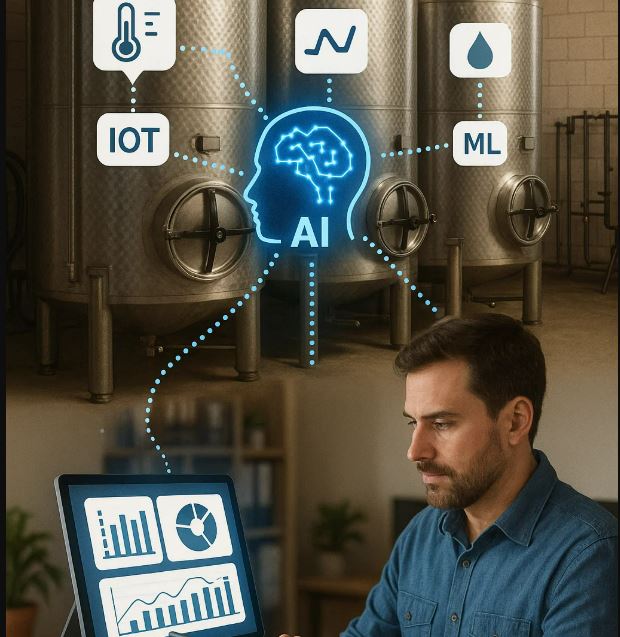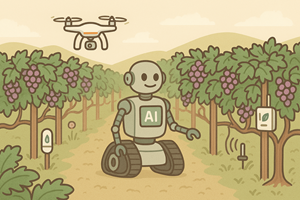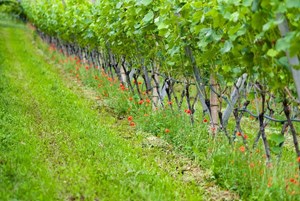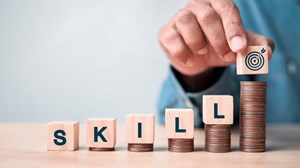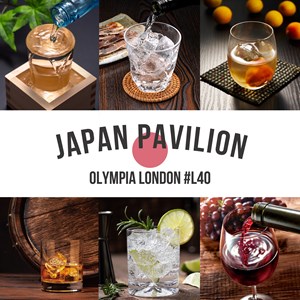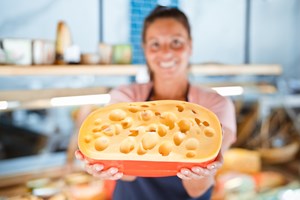I hope that by now it’s easier to recognise just how broadly AI can be applied - and if you think its role in wine stops at the vineyard, I encourage you to read on and think again.
Once the grapes are harvested, technology continues its journey - reshaping how wine is fermented, aged, monitored, and even how it finally reaches your glass.
Optimising Fermentation with Machine Learning
Fermentation is often described as the "alchemy" of winemaking. Yet even the most experienced winemaker cannot monitor every micro-change occurring during this delicate process.
However, if you collect enough data, you can start to rely on machine learning models: predictive systems that analyse temperature, sugar levels, pH, and oxygen exposure in real time, helping winemakers make precise adjustments to ensure consistency, quality, and character, vintage after vintage.
If you take this concept further, the idea of a digital twin could allow winemakers to simulate different fermentation scenarios and test adjustments without impacting the actual process. These models can learn how to optimise fermentation contributing to more efficient, consistent, and high-quality production.
Some companies are even offering AI solutions that map the chemical fingerprints of wines, helping predict the sensory outcomes of certain blends before they are completed.
Enhancing Quality Control through Sensors and Automation
Smart sensors and IoT (Internet of Things) technology have become standard in many modern wineries. Sensors embedded in fermentation tanks provide real-time insights, reducing the need for manual sampling and minimising human error.
Automated systems can alert winemakers when a vat is overheating, when volatile acidity levels spike, or when microbial contamination risks emerge - all before the human nose or palate might detect it. Information can even be sent directly to a mobile phone, enabling immediate action. Furthermore, in cases of standardised procedures, notifications can trigger automated interventions, such as cooling the vat, without human involvement. A full incident summary can then be sent to the winemaker for further root cause analysis or corrective actions.
This leads to greater precision and lower wastage - saving time, conserving resources, and crucially, enhancing final quality in an increasingly competitive market.
Practical Steps: Where to Start
While these technologies might sound intimidating, the key for many wineries is to start small and scale up thoughtfully:
- Sensor-based fermentation monitoring: Install smart sensors in a select number of tanks to monitor real-time fermentation parameters.
- Data logging: Begin by digitising existing records of fermentation, temperature, pH, and quality control into simple cloud-based platforms.
- AI-based quality prediction: Partner with a technology provider to pilot predictive models that can flag potential fermentation issues before they occur.
- Remote monitoring and alerts: Set up mobile alerts for temperature anomalies or other critical thresholds during fermentation.
- Digital twin modelling: Explore partnerships with startups or universities offering digital twin fermentation models to simulate and optimise processes virtually.
- Blockchain tagging: For limited-edition wines, consider piloting blockchain technology to track production steps and add traceability for consumers. (but more about it in the last episode of the series)
Starting with one or two of these initiatives can provide a gentle introduction to the power of data and AI, without overwhelming resources or traditional workflows.
Opportunities and Challenges
The opportunities are clear: better quality, more consistent wines, stronger storytelling, and improved operational efficiency.
However, challenges remain: high initial costs, gaps in data literacy, and the need to preserve the emotional, artisanal touch that fine wine consumers expect.
As with vineyard AI, the future of winery technology will not replace the winemaker - it will empower them, offering new tools to elevate both tradition and innovation.
The most successful producers will be those who learn to blend craftsmanship with computational precision, creating wines that respect heritage while embracing the possibilities of the future.
Looking Ahead
In the final article in this AI in Wine series, we will explore how AI can support the wine industry in the last, and arguably the most important step - acquiring the customer.
Stay tuned for the next release!
